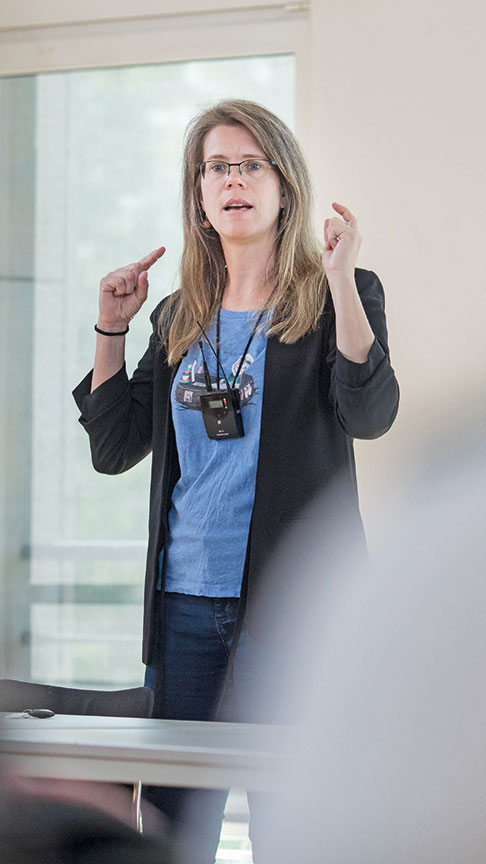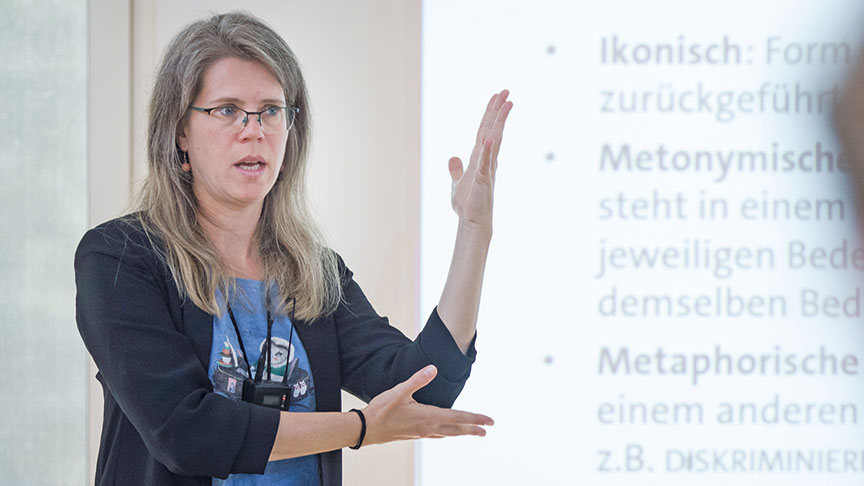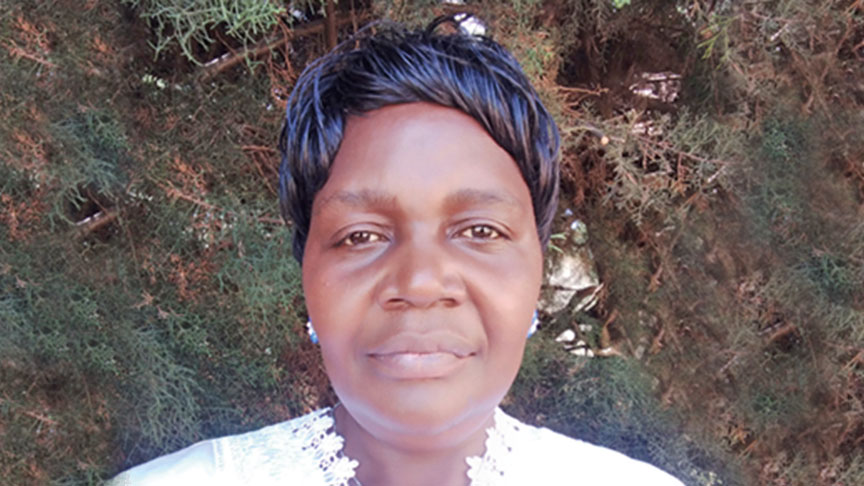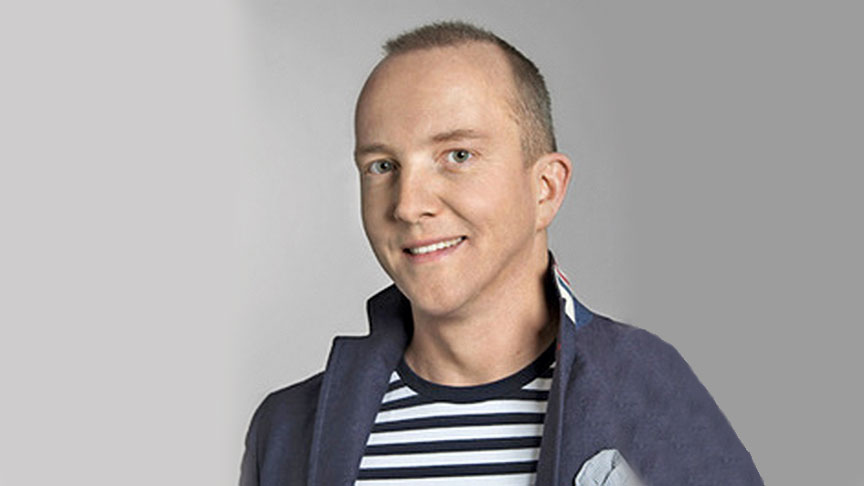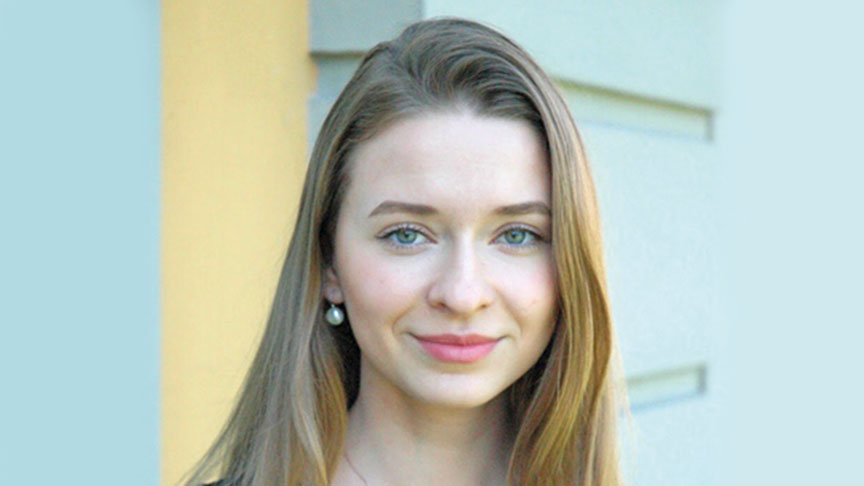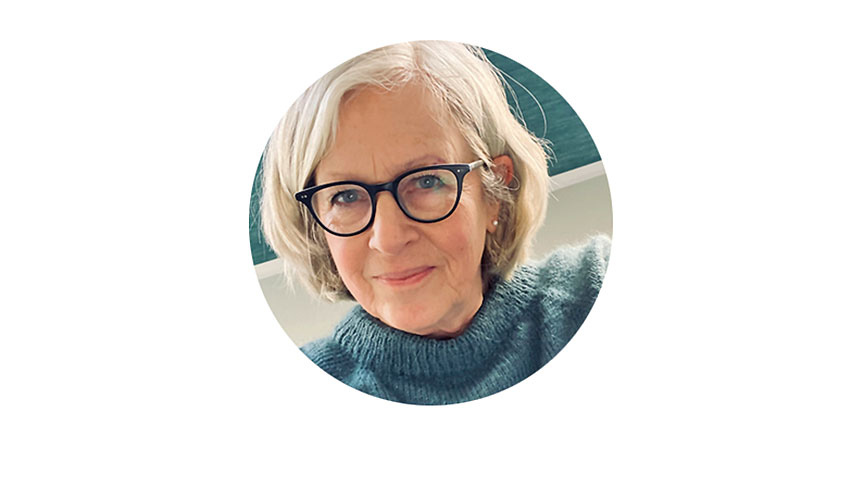Text: Ulrike Scheffer
Adventures in linguistics
New findings relating to sign language, support for the indigenous population in Mexico and the discovery of an unresearched language in the South Seas: DAAD alumnae and alumni give insights into their research areas.
Speaking with the hands: researching German Sign Language
The start of a new research project is always an exciting time. Dr Cornelia Loos is currently launching her latest project and can’t wait to get to work. At the Institute of German Sign Language and Communication of the Deaf (IDGS) at Universität Hamburg, she will spend the next three years exploring how complex situations are expressed in German Sign Language using two-handed signs. The focus will be on identifying the constraints to such simultaneous communication. “We want to find out how much information a person can convey with both hands simultaneously and whether limitations are due to motor skills or cognitive abilities, or are perhaps related to grammar or phonology,” says Loos, who will head the project.
Sign languages are a relatively new subject in linguistics. In 1960, the American linguist William Stokoe proved for the first time that sign languages have their own distinct structure and grammar and as such are fully-fledged languages in their own right. This discovery paved the way for academic research. Since the 1980s, the study of sign languages has been firmly established in linguistics in Germany, too.
Loos herself ended up in her specialist area somewhat by chance. She did a degree in English, Hispanic studies and psychology and went to study in Montreal on a DAAD scholarship in 2006. While there she attended a seminar in psychology that explored the situation faced by deaf people, and additionally took a course in American Sign Language. “That’s how I discovered that there is a considerable need for research in sign language linguistics because the discipline is still so young,” she recalls. Later she took courses in Sign Language of the Netherlands, and of course also learnt German Sign Language, or DGS for short.
Deaf people have always used their hands to communicate. The first schools for deaf children were already founded in the mid-18th century. As Loos explains, however, sign languages did not emerge until the Industrial Revolution. “Cities grew during this time, with the result that people ended up living in more densely populated areas. This was also the first time that larger groups of deaf people lived in one place, and systematic languages developed.” At present, more than 200 sign languages exist, and new ones are still being created.
“It is now acknowledged that research into sign languages makes an important contribution to linguistics overall.”
Just like spoken languages, sign languages differ considerably. “Users of different sign languages cannot readily engage in detailed discussions with one another,” explains Loos. Each language has its own signs, that is to say its own vocabulary, and there are also differences in terms of sentence structure and grammar.
To date, linguists have conducted basic scientific research, studying for example how phrases may be demarcated or word types described grammatically. Researchers at the IDGS in Hamburg are working on a digital dictionary of German Sign Language. Signs are recorded in short video sequences. Dictionary entries are based on a so-called “corpus” – a video collection of everyday-life experiences and testimonies of deaf people.
“It is now acknowledged that research into sign languages makes an important contribution to linguistics overall,” says Cornelia Loos, adding that sign languages have even become something of a “gold standard” in linguistics. “Only when a linguistic phenomenon also occurs in sign languages can it truly be considered universal.” —
Dr Cornelia Loos (39) is a researcher at the Institute of German Sign Language and Communication of the Deaf (IDGS) at Universität Hamburg, where she heads a research project on the expression of complex situations in German Sign Language via the simultaneous articulation of both hands.
Learn more about Dr Cornelia Loos’ research in our film.
Use of AI: language recognition programmes in Africa
Nowadays, people all over the world use digital translation and chatbot programs. Even entire texts can now be generated with the aid of artificial intelligence (AI). Such applications are not available for all languages, however. Together with other researchers, Professor Florence N. Indede is working on getting three languages, primarily spoken in Kenya, her home country, AI-ready. The aim of her KenCORPUS project is to create a data basis for Swahili, Dholuo and Luhya to allow digital language processing. “Our work is attracting attention around the world. This is proof that there is growing interest not only in AI but also in African languages,” Indede firmly believes. —
Professor Dr Florence N. Indede is a lecturer in Kiswahili studies at Maseno University in Kenya and head of the Department of Kiswahili and Other African Languages. From 2000 to 2001 she conducted research for her doctoral thesis at the University of Bayreuth on a DAAD scholarship.
A sensational discovery: the creole language of Unserdeutsch
It was a lucky coincidence that led Professor Péter Maitz to discover a unique language: Unserdeutsch. An Australian linguist had happened to mention it in a text. It is the only Creole language whose vocabulary is based on German. Currently spoken by fewer than one hundred people, most of whom live in Australia, the language emerged in around 1900 in the former South Seas colony of German-New Guinea. Maitz embarked on his first fieldwork trip to document Unserdeutsch in 2015. Its speakers long considered Unserdeutsch, which they themselves called “kaputtene Deutsch” (broken German), to be inferior. However, there is newly revived interest in the language among their descendants, increasing the chance that Unserdeutsch will be preserved. Maitz now wants to begin compiling a grammar of the language. —
Professor Dr Péter Maitz (48) is a sociolinguist who studies languages and their use in a social context. Born in Hungary, he studied German language and literature in his home country and later conducted research in Germany and Switzerland. As a scholarship holder of the Alexander von Humboldt Foundation, the DAAD alumnus is currently a visiting professor for languages and colonialism at Freie Universität Berlin.
Read more about the lucky coincidence that enabled Professor Péter Maitz to track down the language Unserdeutsch.
Influencing language: when humans speak to machines
People are communicating increasingly often with virtual assistants. Anna Greilich studies how this is influencing language. Do people speak to machines in exactly the same way as they speak to other humans? In an experimental study, Greilich discovered that communication differs significantly: “The test subjects adapted to the language abilities of the machine, asking simple questions and using an impersonal tone.” These interactions can hardly be described as fluid conversations. “It is difficult for people to imagine having a dialogue with an AI-based virtual assistant,” explains Greilich. However, this could change, as language assistants are being further developed all the time – thanks in part to the research conducted by linguists like Anna Greilich. —
Anna Greilich (32) is a research assistant at the Institute of German Studies at the University of Münster, where she is pursuing a PhD in linguistic AI research and the design of language assistant systems.
“The new interpreting degree in indigenous languages fills an important gap by helping to strengthen the rights of the indigenous population in Mexico.”
Professor Dr Martina Schrader-Kniffki has been involved in a DAAD-funded project in collaboration with the Universidad Autónoma Benito Juárez de Oaxaca in Mexico to establish a specially designed interpreting degree for indigenous languages.
Read why the fascinating work being conducted by Professor Martina Schrader-Kniffki is also eliminating disadvantages for indigenous peoples.
At home in two languages: how Moroccan migrants communicate
When children grow up multilingually, it enriches both the young people themselves, who can communicate in two languages, and indeed society as a whole. But how does multilingualism influence language itself? Professor Naima Tahiri, a German-Moroccan linguist, has studied how usage of the Berber language Tarifit changes when its speakers live in Germany. She found that young people who learn Tarifit and German in parallel adjust the pronunciation and syntax of Tarifit to German. When using social media, they combine the two languages; for greetings, terms of endearment and other ritualised forms, they tend to use Tarifit. “They use the language as a means of creating proximity.” —
Professor Dr Naima Tahiri (49) grew up in Germany, where she obtained a degree and PhD in German studies. Today she lives in Morocco and teaches linguistics and German as a foreign language at Sidi Mohamed Ben Abdellah University in Fès. In addition, she has been involved in various DAAD-funded academic cooperation projects with Paderborn University.
Discover whether Tarifit also influences the German spoken by migrants.

